 Abraham Lincoln
If given the truth, the people can be depended upon to meet any national crisis...
Abraham Lincoln
If given the truth, the people can be depended upon to meet any national crisis...
 Guildford news...
for Guildford people, brought to you by Guildford reporters - Guildford's own news service
Guildford news...
for Guildford people, brought to you by Guildford reporters - Guildford's own news service
Birdwatcher’s Diary No.108
Published on: 9 May, 2016
Updated on: 9 May, 2016
By Malcolm Fincham
During the last few weeks of April, the weather remained unseasonably cool, with Arctic air pushing down through the UK. In Surrey, although we weren’t getting the overnight snow some areas were getting, on occasions in the north, regular night-time frosts continued.
This however didn’t seem to be disrupting the resident species locally. A pair of Canada geese could be seen parading four gosling’s around Stoke lake.
While a female mallard also proudly displayed her brood of nine young chicks.
A kingfisher continued to be busy, regularly flashing by, low across the water, as if on a mission.
In the shallows of the lake I managed to catch sight of a pike, through the ripples in the water, possibly spawning, later than usual, due to the water still being quite cold.
Surprisingly, on one particular visit, three roe deer made an appearance, braving what was a quiet afternoon, in the way of dog walkers, to come down to the waters edge for a drink.
For me, April 23 welcomed the return of a common tern to the raft out on the lake.
Spending much of its time fishing over the water, while awaiting the arrival of its partner.
About the same time sedge warblers arrived and started letting their presence be known with their scratchy calls, with at least three heard by me so far around the reserve.
It wasn’t till a few days later that they were joined by the similar call of a reed warbler.
The arrival of swallows continued to grow in number, with 50 or more seen feeding over the sewage works by Stoke Lock, where the flying insects were more abundant.
Although a few could be viewed over the lake and Stoke Lock.
Blackcaps continued to be vocal all around the nature reserve. While chiffchaffs joined in with their repetitive call.
A visit to Staines Reservoir on April 24 added a few more ticks to the year list I was reluctantly keeping. Having agreed with Dougal to keeping one, it was actually quite fun to do in some ways, although I’m tempted to change it to just the ones I have photographed.
A little ringed plover was the first of my additions.
Attempting to pick out the grey phalarope that had been reported there wasn’t an easy task. Just a speck in the distance across the south basin. Only occasionally seen in the UK and usually out of summer plumage as they pass through on return from their breeding grounds in the Arctic. I Icould tell it was a phalarope as I watched through the scope. But as for it apparently coming into breeding plumage..? ‘Well…?’ Had to use my imagination for that one!
Among the duck population in the north basin of the reservoir, a drake scaup could be seen, at a more appreciated distance.
Soon after taking a few record shots of it, an impressive flock of over 60 Arctic terns appeared. Circling over the reservoir, a group of them took rest on one of the tern rafts, also among the flock we picked out three common terns and (briefly) a little gull.
With a cold breeze blowing, I was grateful when It was suggested to move on. And even more so to find I was still carrying a pair of gloves in one of the many pockets of my jacket.
Moving on just up the road to Staines Moor, we were able to add whinchat to this year’s sightings, with some good views of a male.
As well as photos of the female too.
Listening to the abundant bird songs, we were able to pick out the sound of a lesser whitethroat.
Although far less showy than its cousin, the common whitethroat, with much patience, one briefly appeared, just long enough to get a picture.
By then a few sunny spells had warmed the air a little, just enough to bring a green-veined white butterfly out on the wing. Another first for the year!
On April 25, I visited Whitmoor Common, I was welcomed there by a duet of sound from both willow warblers and chiffchaffs.
Although similar in looks they can easily be separated by song.
Linnets were present and chattering among their selves in a reasonable sized flock, although unable to count the exact number, as they flew in and around the gorse bushes.
In an area mixed with dead silver birch I was also able to stumble upon a greater-spotted woodpecker, as it watched down on me, as it wondered my next move.
I was lining up a shot of a very obliging common whitethroat shortly after when I felt a presence of being watched, this time not by a woodpecker. Looking up, I couldn’t believe my eyes, circling low overhead, looking almost inquisitive in its nature was a red kite.
Although no sign or sound of the cuckoo there, as yet, across the heathland, one of their host species, the meadow pipit, were no doubt more pleased than I, of its absence.
A delightful end to the day, for me, was that of a male stonechat as it posed nicely on a seat there, just long enough for a photograph.
I had heard reports that the nightingales had recently returned from Africa, on their summer vacation to Pulborough Brooks RSPB in West Sussex, with some reported to be showing exceptionally well. On April 28, Bob and I decided to pay a visit. Agreeing to go early seem to be the right choice, certainly on this occasion.
Making a ‘bee line’ towards an area known there as ‘Adder Alley’ where they had been showing well, I was stopped in my tracks as Bob pointed out what he had seen. Sitting on a post, not more than a hundred yards away was a short-eared owl. Its eyes glistening in the bright early morning sunshine.
Having heard several nightingales already, though out of sight, deep within undergrowth. Fortune continued to shine our way on the reserve, when we arrived at ‘Adder Alley’.
Most males sing from dense cover where they are usually hard to see. Only occasionally will they sing from exposed perches.
This was far from the case with one particular male, who not only spent a while singing, in full view.
But even decided it was OK to come out to spend sometime feeding in the grass around our feet. It felt disrespectful to walk away from it, having got more than our fair share of photos.
Ending the month involved a short trip up the A3 to Cobham. This was acting on a tip-off about two little owls that often spend most of their day roosting in the cavity of an oak tree. Although at some distance from a public footpath, in a private field, with a pair of binoculars and a camera with a good zoom, I managed some reasonable pictures.
And even what I thought was a short, but amusing video, of one of them being nudged off its perch.
Responses to Birdwatcher’s Diary No.108
Leave a Comment Cancel reply
Please see our comments policy. All comments are moderated and may take time to appear. Full names, or at least initial and surname, must be given.Recent Articles
- A Lighthouse in the Centre of Town Showing the Way to Community
- Letter: SCC Directs Weedkilling Policy
- Library Gets Lottery Grant To Raise Awareness of Green Issues
- Story of Wartime Canadian Army Entertainment Unit Based at Down Place, Guildford
- Flashback: Around the Very Top: Slow Progress to Our First Remote Stop
- Letter: Weeds Are Just Flowers in the Wrong Place
- Summary of GBC Planning Decisions – May 21, 2025
- Discounted Parking Scheme for Night-time Economy
- Guildford Museum Shares Jekyll’s Boots with British Library for New Exhibition
- Stoke Park Paddling Pool Stays Closed After Tests Show Contamination


Recent Comments
- Kit Collins on Letter: Is This the Ugliest Building in Guildford?
- Barbara Ford on Notice: Have a Blooming Picnic – June 7
- M Durant on Millions of Taxpayer Money Recovered from Railway Fare Dodgers
- Jim Allen on Letter: If GBC Wishes To Be Nature-friendly, Stop Spraying Weedkiller
- John Lomas on Stoke Mill To Be a Pub If Plans Are Approved by Borough Council
- Rebecca Brion on Letter: Is This the Ugliest Building in Guildford?
Search in Site
Media Gallery
Dragon Interview: Local Artist Leaves Her Mark At One of England’s Most Historic Buildings
January 21, 2023 / No Comment / Read MoreDragon Interview: Lib Dem Planning Chair: ‘Current Policy Doesn’t Work for Local People’
January 19, 2023 / No Comment / Read MoreA3 Tunnel in Guildford ‘Necessary’ for New Homes, Says Guildford’s MP
January 10, 2023 / No Comment / Read More‘Madness’ for London Road Scheme to Go Ahead Against ‘Huge Opposition’, Says SCC Leader
January 6, 2023 / No Comment / Read MoreCouncillor’s Son Starts Campaign for More Consultation on North Street Plan
December 30, 2022 / No Comment / Read MoreCounty Council Climbs Down Over London Road Works – Further ‘Engagement’ Period Announced
December 14, 2022 / No Comment / Read MoreDragon Interview: GBC Reaction to the Government’s Expected Decision to Relax Housing Targets
December 7, 2022 / No Comment / Read MoreHow Can Our Town Centre Businesses Recover? Watch the Shop Front Debate
May 18, 2020 / No Comment / Read More





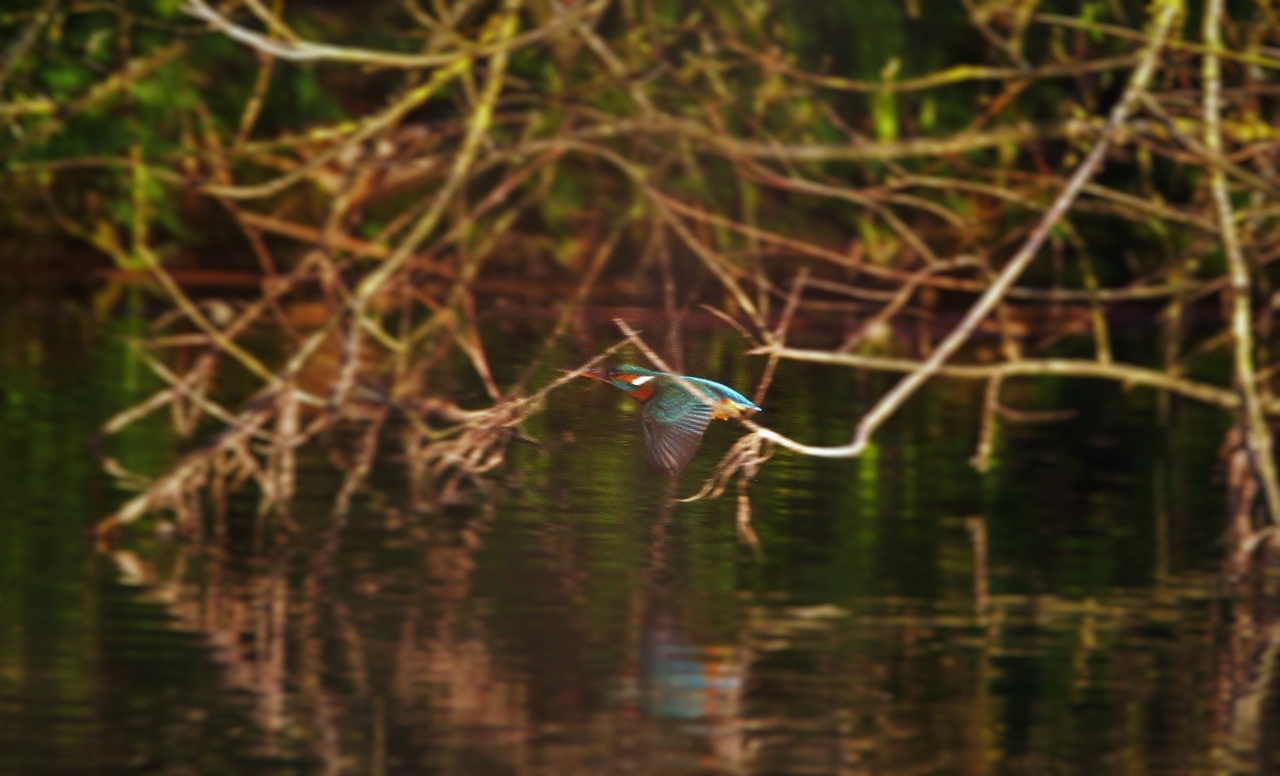


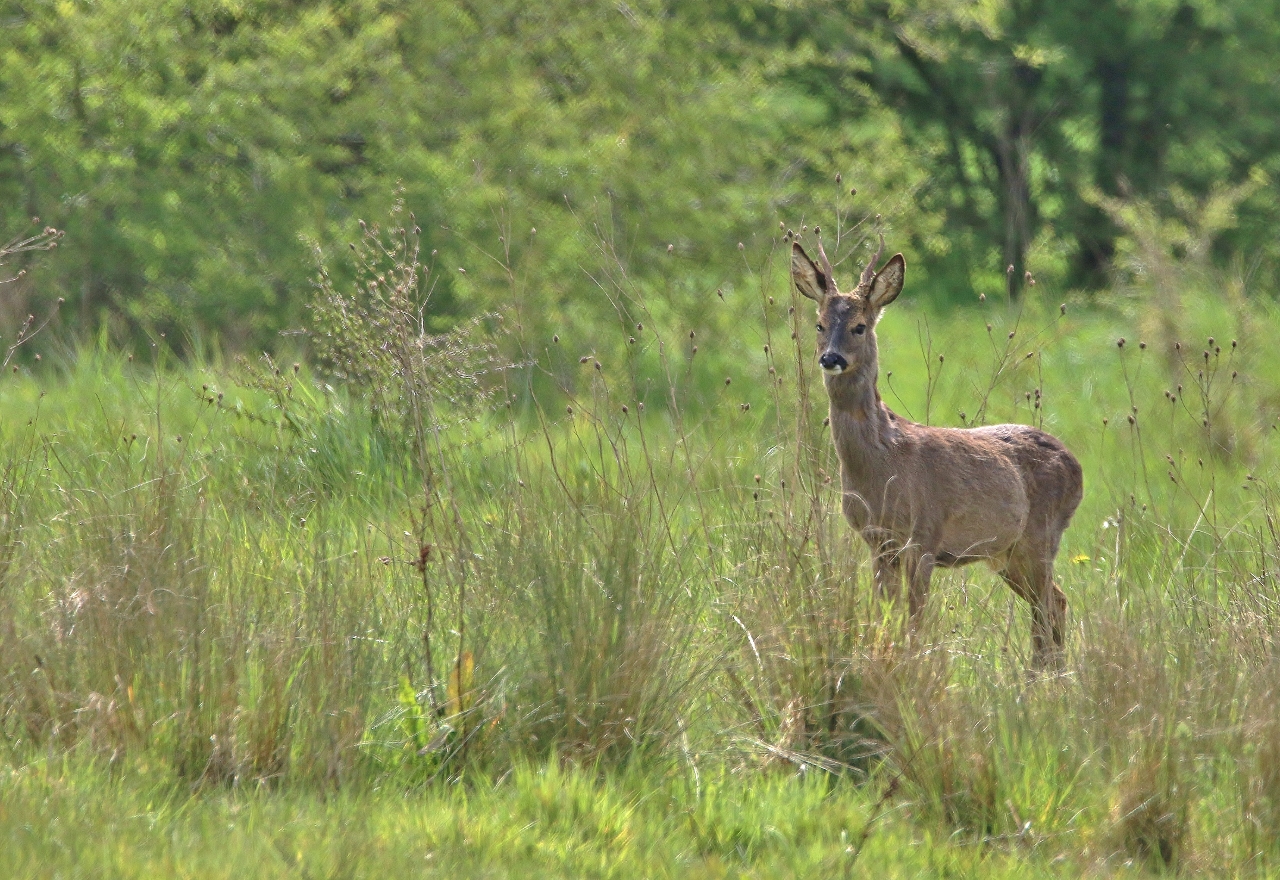
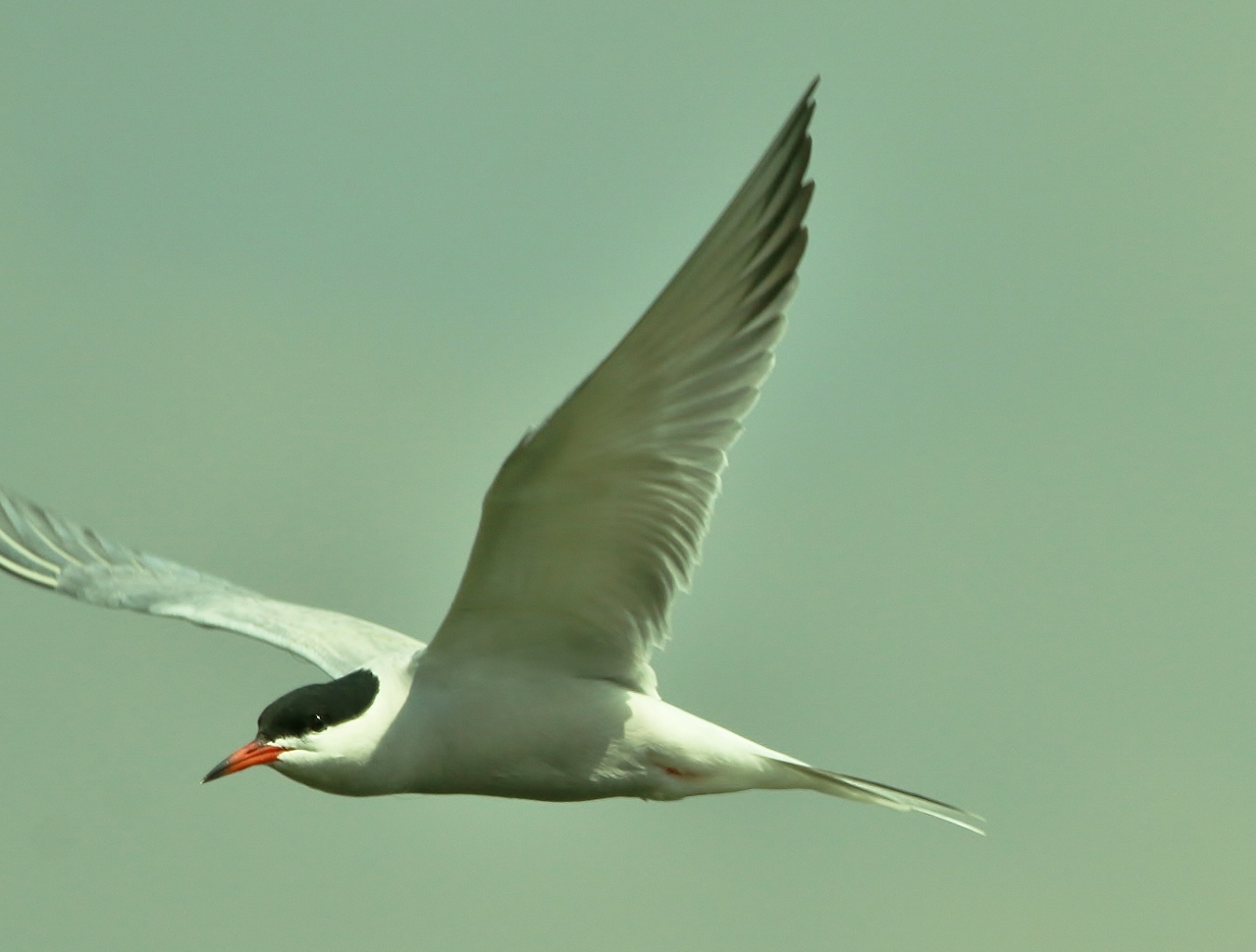


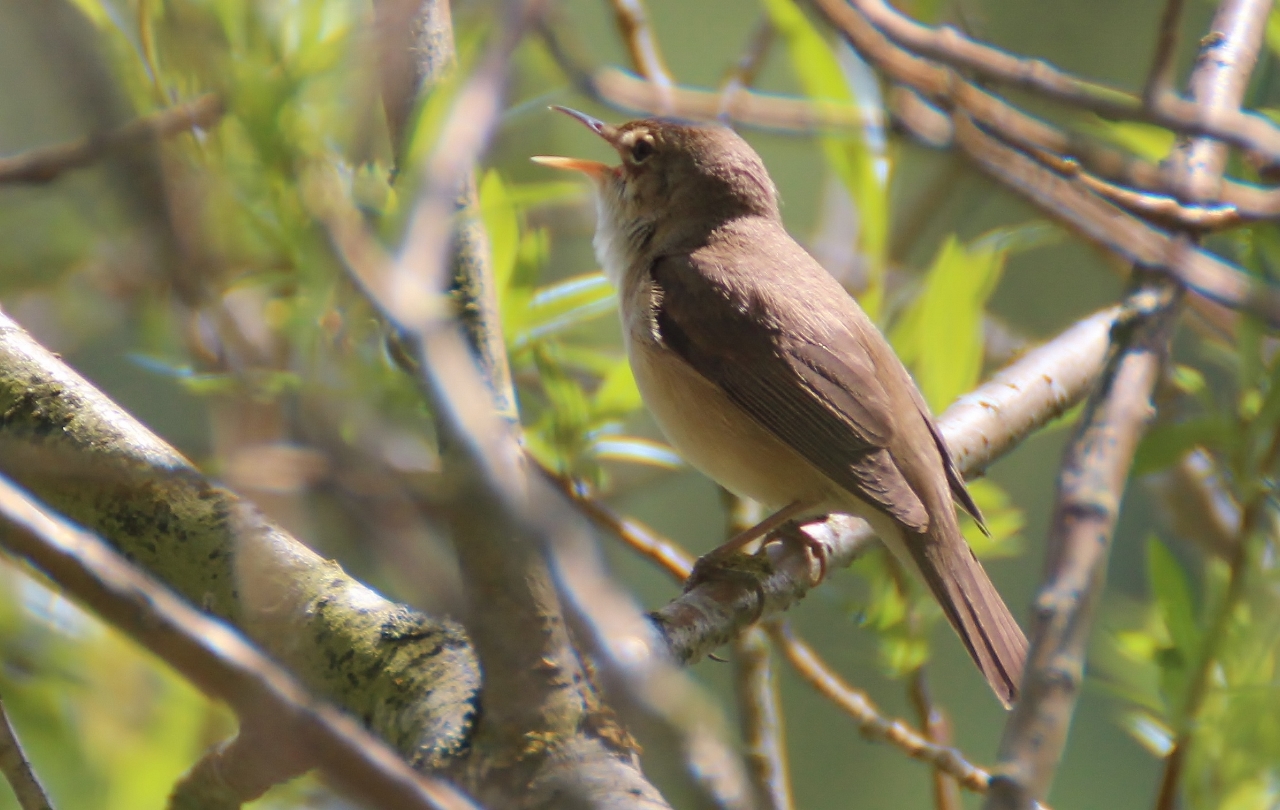

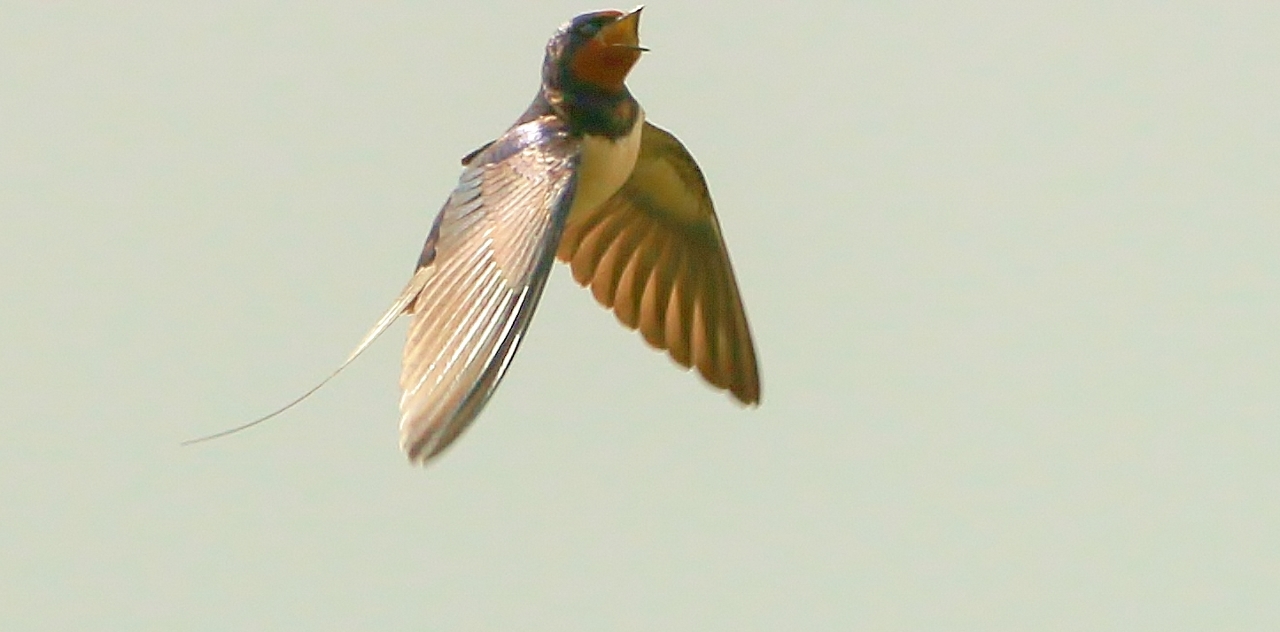








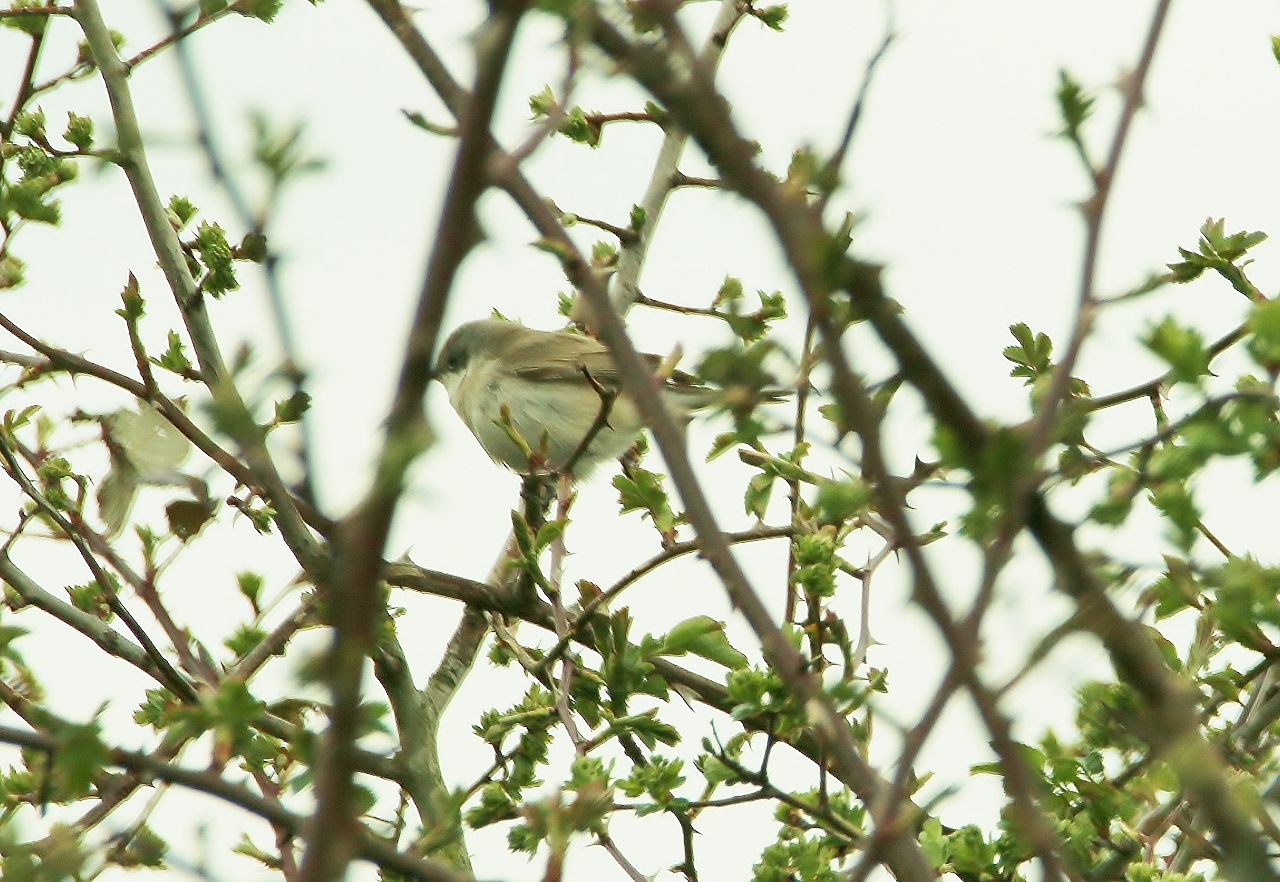








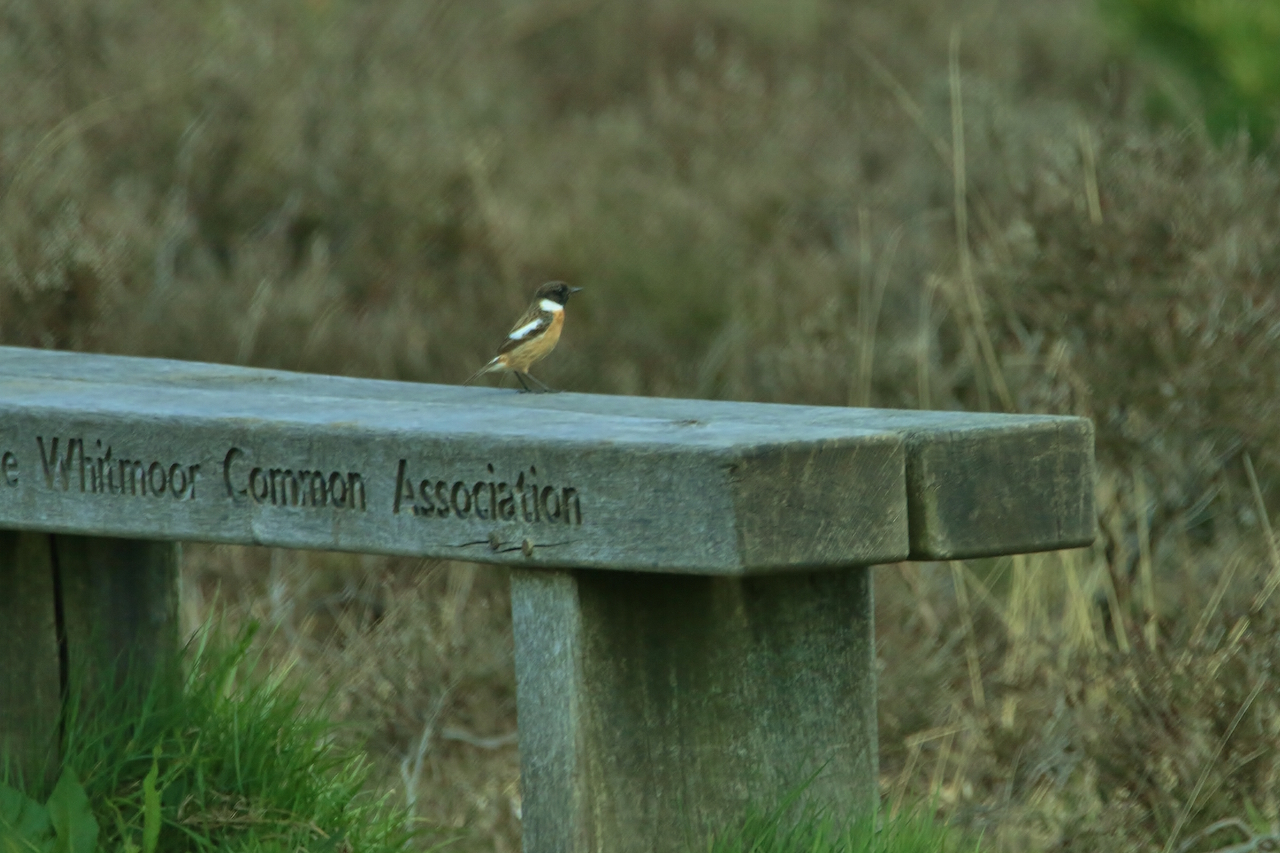














Angela Gunning
May 9, 2016 at 3:20 pm
I watched [via webcam] the peregrine falcons at home in their nest high above Woking. Fascinating but not for the squeamish. I saw the adult tear a duckling apart to feed two hungry demanding falcon chicks.
Malcolm Fincham
May 10, 2016 at 12:25 pm
I must confess, it is definitely not for the faint-hearted. I watched a similar, if not the same incident. The adult was feeding its young a duckling. I initially felt a little sorry for the chick at the back, who wasn’t getting any food but he then managed to get the greedy one in a headlock with its wing, holding it down, to ensure his fair share of the spoils.
For those that may have overlooked the article about the peregrines click this link where you will also find a link to the webcam.
Sue Doughty
June 1, 2016 at 11:47 pm
Nightingales quite often pick the very top of a pine tree around Stonebridge Wharf to sing. This year the are lurking undercover but a warm evening may see a change. A pair of Red Kites was over Puttenham this week.
Anyway, super photos. Birds are never easy to do and even the great Eric Hosking used a lot of tricks to get the best ones. These are very natural.
Malcolm Fincham
June 2, 2016 at 11:36 pm
So good to hear of a nightingale still present and singing around the outskirts of Guildford.